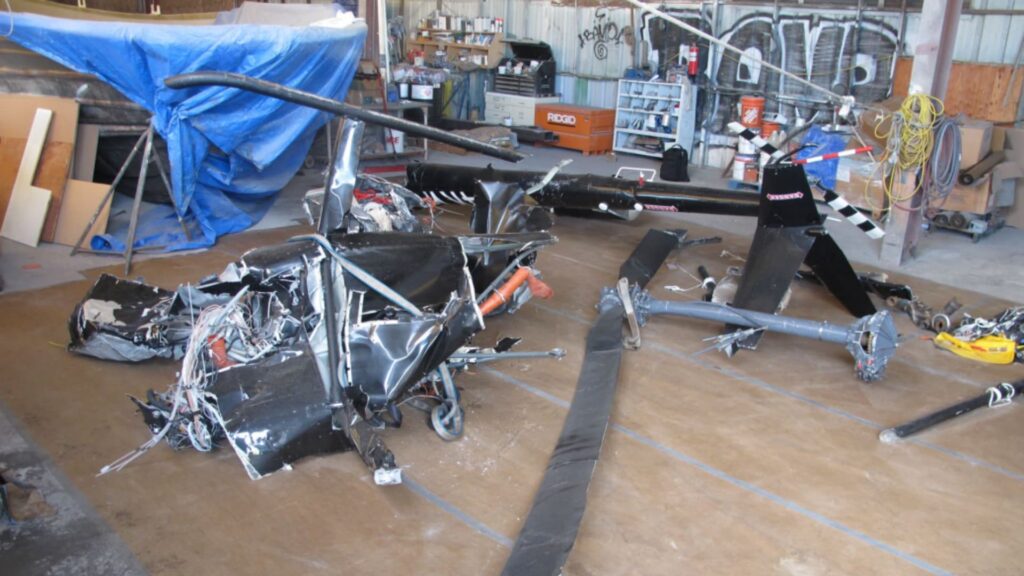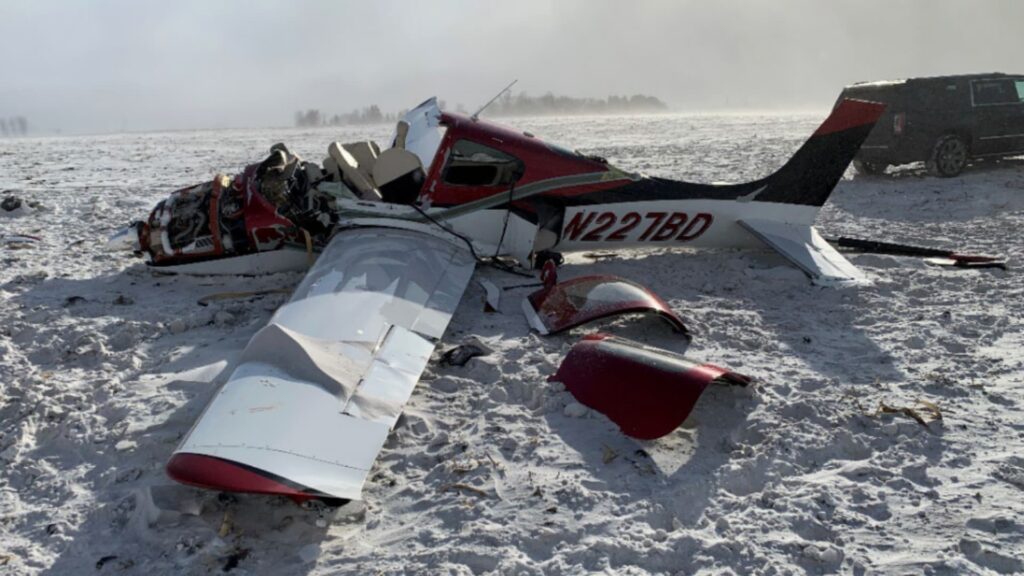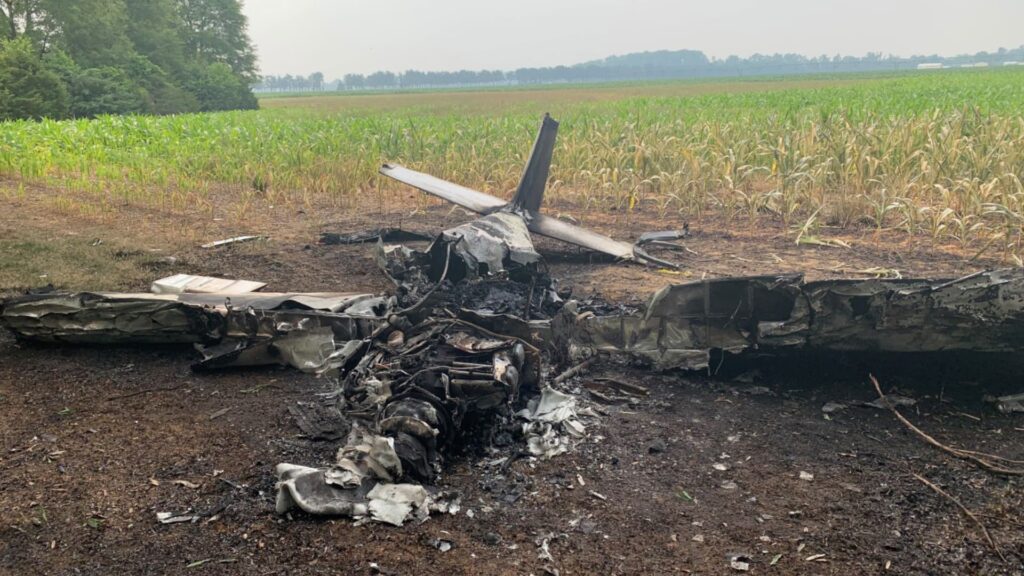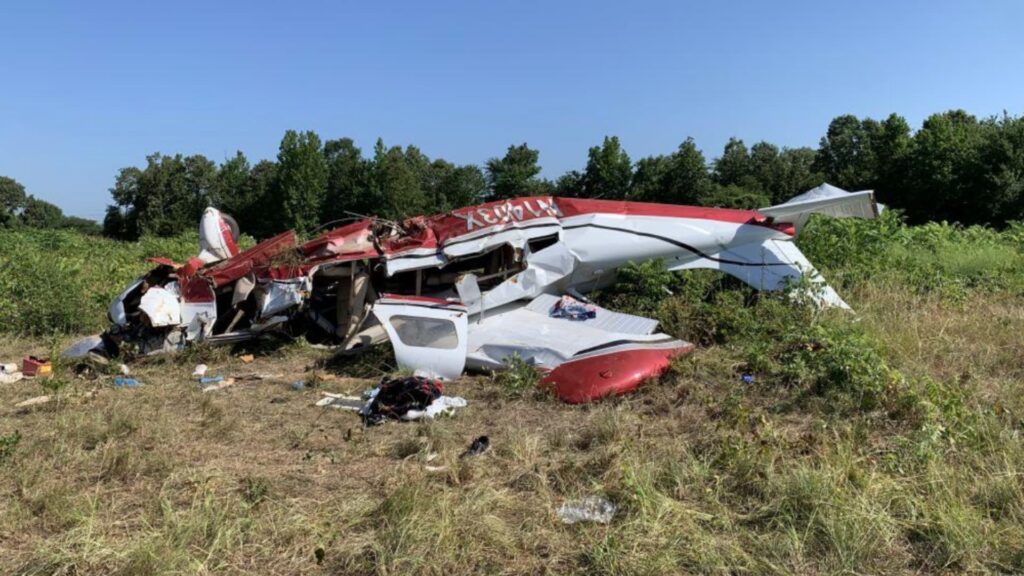An Island Tour Turned Tragic
On the idyllic island of Kauai, Hawaii, what began as a scenic helicopter tour ended in a tragic in-flight breakup that claimed the lives of three people. On July 11, 2024, a Robinson R44 helicopter, tail number N144KW, operated by Ali’i Air Tours, departed Lihue Airport just after noon for a one-hour tour of the island’s breathtaking landscapes. But the beauty of the Na Pali coast masked danger lurking in the winds above.
By 1:05 p.m., the flight was over. The aircraft broke apart mid-air near the rugged northern shoreline, crashing into the Pacific Ocean in two large pieces—the fuselage and the tail boom—just a quarter mile offshore. The pilot and both passengers perished in the accident.
The Veteran at the Controls
The pilot, a 69-year-old man, brought an impressive resume to the cockpit. He held airline transport, commercial, and flight instructor certificates with ratings for helicopters, airplanes (single and multi-engine land and sea), gliders, and instruments. He had amassed an estimated 25,000 total flight hours, with around 6,000 hours in the Robinson R44—an aircraft he clearly knew well. Just weeks prior, he had completed a flight review and his most recent FAA medical exam.
This wasn’t a case of inexperience or poor training. Instead, the investigation pointed to the environment and how even the best pilots can be caught off guard.
Violent Winds and a Loud Bang
Witnesses hiking along the Kalalau Trail, which winds along Kauai’s famous Na Pali coast, described the day’s weather as gusty and erratic. One witness recalled a “huge” gust of wind hitting them just before they heard a loud “bang.” Looking up, they saw the wreckage of the R44 plummeting from the sky in two distinct sections. Within moments, the pieces disappeared beneath the waves.
The weather that day was visually clear, but winds were strong and gusty—conditions ripe for mountain wave activity. According to a nearby weather station, winds were gusting up to 25 knots, with some local reports of gusts reaching 35 knots or more. Waterspouts had even been spotted offshore.
Mast Bumping and the Deadly Chain Reaction
The defining event was mast bumping—a phenomenon unique to two-bladed, teetering rotor systems like that on the R44. In turbulent conditions, improper or abrupt control inputs can cause the rotor hub to contact the mast. This can lead to catastrophic failure, as it did here.
The NTSB found physical evidence of mast bumping: fractured and bent components in the rotor system, scarring on the mast where the rotor hub contacted it, and broken pitch links. The blades had made contact with the fuselage during flight, causing the aircraft to break apart.
There were no signs of mechanical failure or preexisting issues in the aircraft. Maintenance logs were current. The helicopter had undergone a 100-hour inspection just three days before the accident.
Why ADS-B Didn’t Help
Investigators noted a lack of ADS-B data for the final leg of the flight. Kauai’s mountainous terrain likely blocked signals, and with no flight data recorder on board, the NTSB couldn’t determine the helicopter’s exact altitude, airspeed, or control inputs leading up to the breakup. In the absence of digital breadcrumbs, the physical wreckage and eyewitness accounts told the story.
Lessons from Robinson’s Safety Notice SN-32
Robinson Helicopter Company has long warned about flying in high winds and turbulence. Safety Notice SN-32, which the pilot would have likely been familiar with given his experience and training, specifically addresses the dangers of mast bumping. It advises pilots to reduce airspeed to 60-70 knots in turbulent conditions and avoid flying downwind of hills and ridges—areas notorious for unpredictable downdrafts and rotor turbulence.
Yet, despite the pilot’s training and experience—including completion of the Robinson Helicopter Safety Course—the conditions that day may have pushed the limits of what could be managed safely.
A Sobering Reminder
This accident is a stark reminder of how quickly things can go wrong in aviation, even with a highly experienced pilot. Weather conditions—especially turbulence and mountain wave activity—pose a significant hazard in helicopter operations, particularly for aircraft like the R44 with a teetering rotor system.
For pilots, the takeaway is clear: Respect the environment. Know your aircraft’s limitations. And when in doubt, don’t go.
This tragedy also underscores the importance of heeding manufacturer guidance, like Robinson’s SN-32. Even a slight overcontrol in response to turbulence can become fatal in the wrong conditions.









2 Comments
Helicopters have a mast? I can’t quite visualise this.
The mast is what the main rotor blades are attached to, and that entire assembly spins overhead.